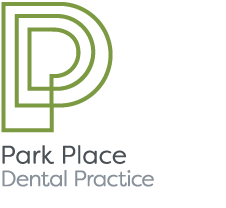We offer several solutions for dark, discoloured or stained teeth here at Park Place Dental. Stained teeth are caused by many daily habits such as drinking tea and coffee or dark coloured juices and wine which can leave unsightly stains. These stains often can not be removed with a routine scale and polish.
We offer a special “stain removal” appointment, dedicated to removing these stubborn stains. This is done with a fine jet of air, water and fine sodium bicarbonate particles through a special device that removes these unsightly stains. After this patients can opt to have their teeth lightened with dental tooth whitening.
How to find us
Opening Hours
Emergency Appointment
Out-of-hours Emergency Cover
Whenever possible, please contact us during normal surgery hours. In extreme emergencies more details can be found below.


